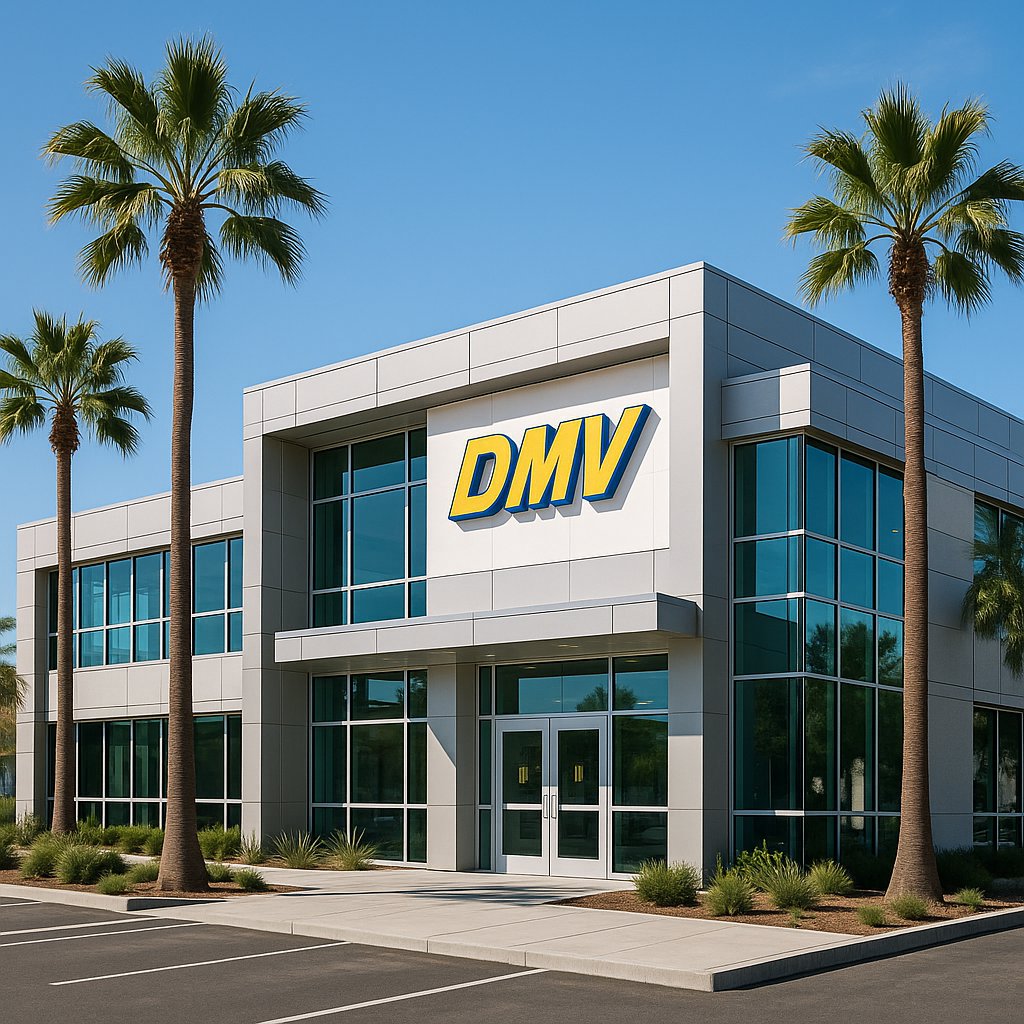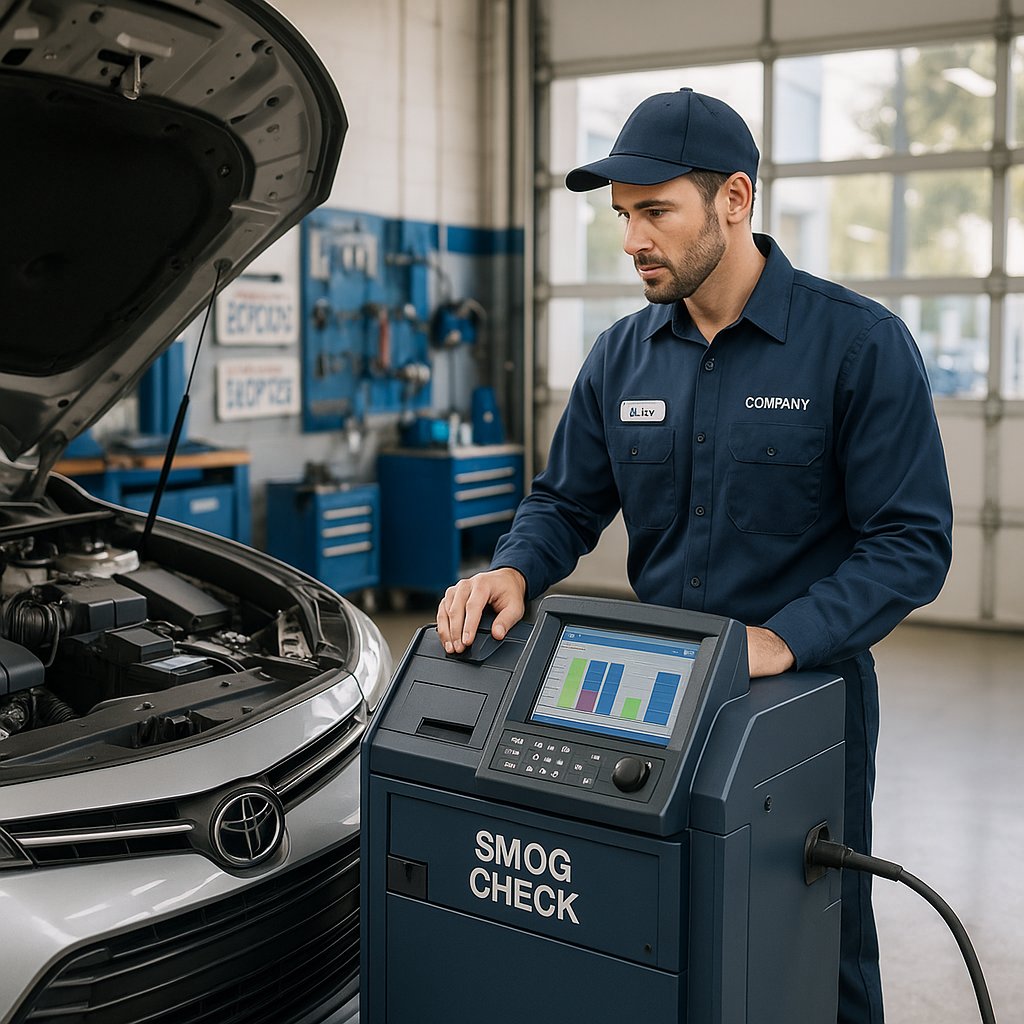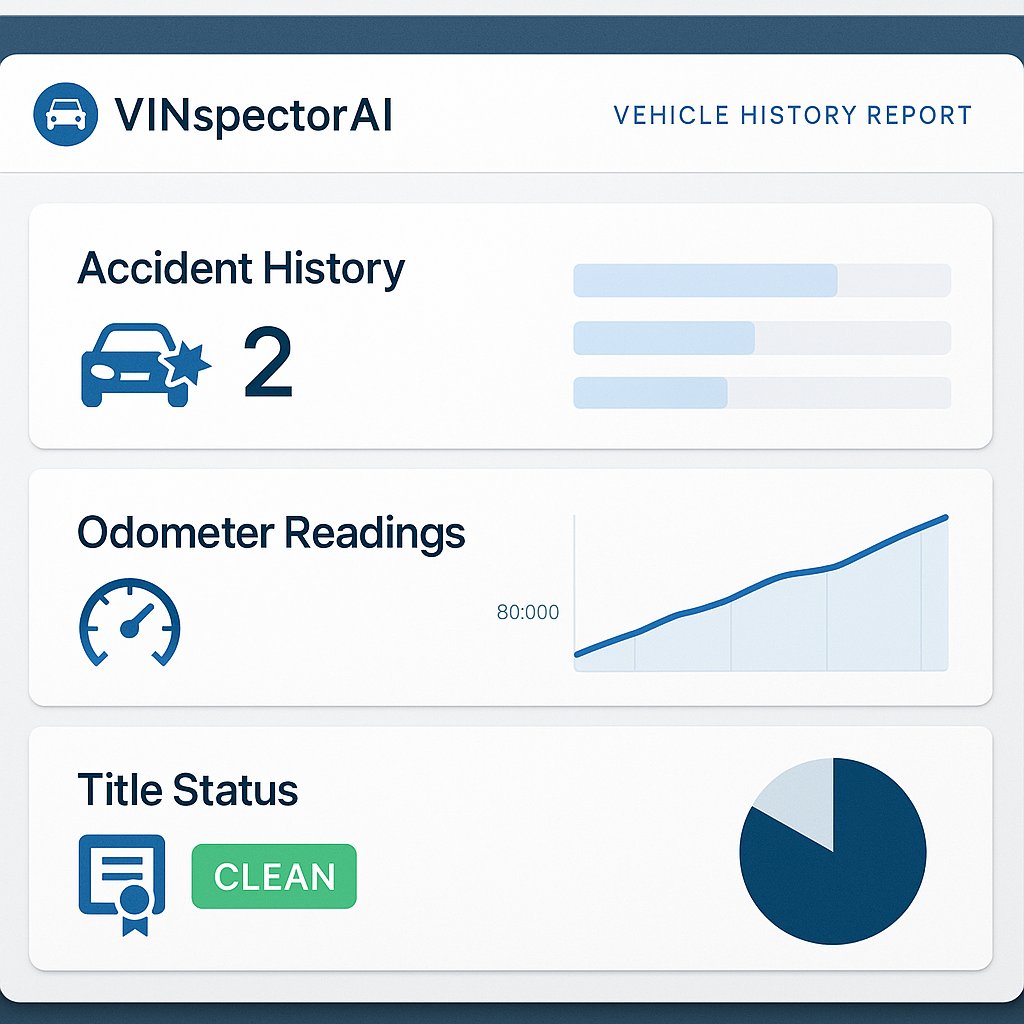
Selling a Car in California | Complete Step-by-Step Guide
Selling a car in California can feel overwhelming, but if you prepare properly it’s a smooth process. From DMV paperwork to smog check rules, each step matters if you want to sell quickly, safely, and for maximum profit.
📊 Selling a car in California & Buying Statistics

Selling a car in California isn’t just about putting the right price on your vehicle — it’s also about understanding the market and how buyers behave. The U.S. used car market is huge, and California is one of the most active states for private car sales.
Here are some key statistics:
Statistic | Value | Source |
|---|---|---|
Consumers who research vehicles online before buying | 92% | DemandLocal |
Used vehicle sales in the U.S. per year | 40.8 million | ConsumerAffairs |
New vehicle sales in the U.S. per year | 12.8 million | ConsumerAffairs |
Average used car listing price (Sept. 2025) | $25,512 | CarEdge |
Car buyers who use online resources during purchase journey | 95% | Think with Google |
Why Selling a Car in California Is Different
Each state has its own requirements for vehicle sales. California stands out with specific laws such as the smog check and mandatory DMV notification of transfer. Knowing these steps helps you avoid mistakes and speed up the process.
Key points to remember:
DMV paperwork is mandatory.
A valid smog certificate is usually required.
Sellers must file a Notice of Transfer and Release of Liability with the DMV.
Transparency builds buyer trust.
Step 1: Gather the Required Paperwork
Before you list your car, collect these documents:
Vehicle title (pink slip) – proves you’re the legal owner.
Bill of sale – documents the transaction.
Odometer disclosure – for vehicles under 10 years old.
Smog certification – issued within the past 90 days (unless exempt).
Notice of Transfer and Release of Liability – filed with the DMV.
Step 2: Complete a Smog Check
Most cars sold in California need a valid smog certificate.
Exempt vehicles include:
Electric and hybrid cars
Diesel vehicles 1997 and older
Gasoline vehicles 1975 and older
If your car is exempt, mention this clearly in your listing.

Step 3: Prepare Your Car for Sale
A well-presented car sells faster and at a higher price.
Wash and detail the interior and exterior.
Fix minor issues (wipers, bulbs, fluids).
Gather service and maintenance records.
Take high-quality photos in daylight from multiple angles.
Step 4: Set the Right Price
Pricing is critical.
Use Kelley Blue Book and Edmunds to estimate value.
Check local listings in California for similar vehicles.
Price slightly above your minimum to allow room for negotiation.
Highlight unique features such as low mileage or recent repairs.
Step 5: Advertise Your Car
List your vehicle on platforms that reach serious buyers:
Craigslist (especially popular in California cities)
Autotrader, Cars.com
Facebook Marketplace
Local car forums or community groups
Every listing should include:
Year, make, model
Mileage
Asking price
Location
Smog and title status
Step 6: Screen Buyers and Arrange Test Drives
Protect yourself during the sales process.
Meet buyers in public places during the day.
Request driver’s license and proof of insurance for test drives.
Allow test drives only for serious buyers.
Bring a friend or family member for safety.
Step 7: Negotiate and Close the Sale
Smart negotiation helps you get a fair deal.
Decide on your lowest acceptable price in advance.
Be ready to walk away from lowball offers.
Accept only safe payment methods (cashier’s check, bank transfer, cash).
Avoid personal checks.
Once payment is verified, sign the title, provide the bill of sale, and hand over the keys.

Step 8: Notify the DMV and Finalize the Transfer
To complete the sale legally:
Submit the Notice of Transfer and Release of Liability to the DMV (online or in person).
Provide the buyer with the signed title and smog certificate.
Remove license plates if required (usually, plates stay with the car).
Cancel your insurance once the transfer is complete.
Best Time to Sell a Car in California
Not every month is equally good for selling your car. In California, demand usually peaks in spring and early summer, when buyers prepare for vacations and longer road trips. The period right after the holidays can also be active, as people look to replace their vehicles for the new year. Gas prices play a role too—when fuel costs drop, larger vehicles like SUVs and trucks tend to sell faster. Choosing the right season can help you attract more buyers and negotiate a better deal.
Common Mistakes to Avoid When Selling a Car in California
Many private sellers lose money or face delays because of avoidable mistakes:
Failing to file the Notice of Transfer and Release of Liability with the DMV, which can leave you responsible for tickets or fees.
Accepting unsafe payments such as personal checks.
Setting the wrong price without checking Kelley Blue Book or local listings.
Forgetting to complete the required smog check.
Skipping the VIN history report, which makes buyers suspicious and less likely to commit.
Avoiding these mistakes keeps the process smooth, safe, and profitable.
Why Online Presentation Matters
In California, over 90% of buyers start their search online, which means your listing is your first impression. Detailed descriptions, transparent information, and high-quality photos make your car stand out from thousands of others. Adding 15–20 clear photos in daylight—covering the exterior, interior, and engine bay—can double your chances of getting inquiries. Even more important, including a VINspectorAI history report in your listing builds trust right away, proving your car’s condition and reducing endless negotiations.
Don’t Forget: Verify the VIN History Report
One of the most important steps many sellers overlook is providing a VIN check. Buyers in California want proof that the vehicle has a clean history.
For deeper insight into a vehicle’s legal background, ownership changes, and title branding, see our guide VIN Ownership Records: Title History & State Transfers. That article breaks down how to read title history, spot red flags across state transfers, and understand brandings like salvage or rebuilt.

👉 With a VINspectorAI report, you can:
Prove the car’s accident and ownership history.
Show mileage accuracy and title status.
Build trust and avoid unnecessary negotiations.
Sell your car faster and for more money.
Final Tip: Selling a car in California is easy if you follow the legal steps and prepare your vehicle. Combine this with a VINspectorAI report, and you’ll gain buyer trust, close faster, and maximize your profit.
Frequently Asked Questions
Get answers to common questions about Selling a Car in California | Complete Step-by-Step Guide
Uncover Complete Vehicle History Reports
Discover critical vehicle information before you buy. Our VIN decoder reveals accident records, title status, recalls, and service history to help you make informed decisions.
Related Articles
No related articles found